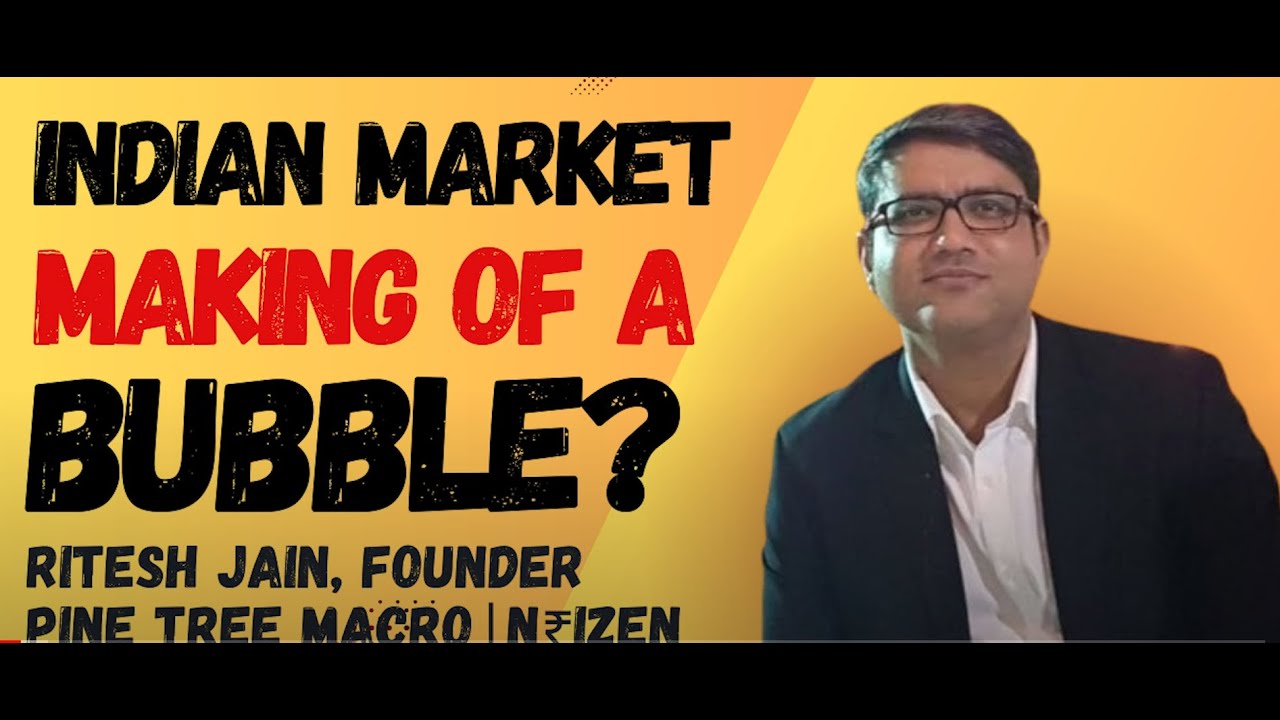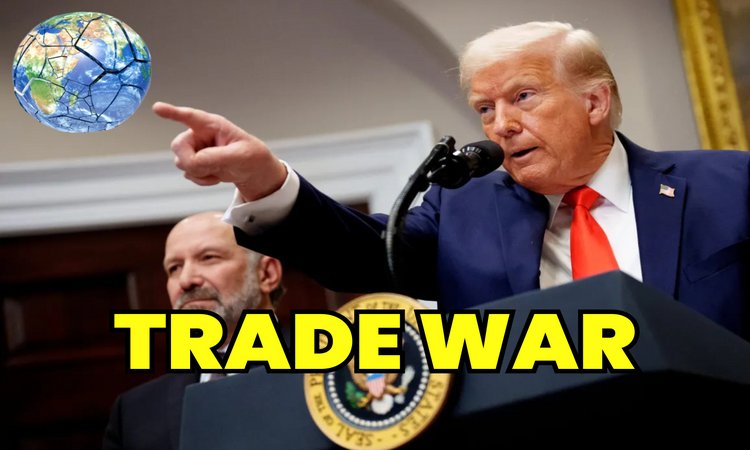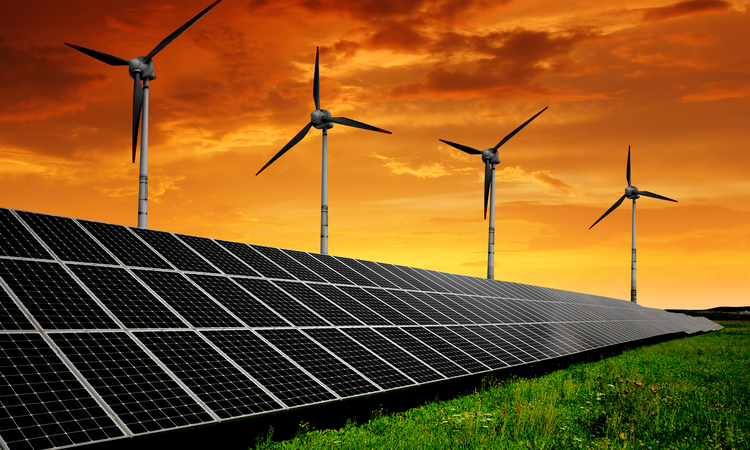
1. Reason for the Emergence of Bubbles
The earlier economic model followed a cycle where a recession would follow every boom, and such recessions were considered healthy for the economy. However, during Alan Greenspan's tenure as Federal Reserve Chairman, starting in 1987, a different approach was adopted to combat recessions. The new solution was to inject liquidity into the system to mitigate the effects of a recession. As a consequence of this excess liquidity, we have witnessed the formation of economic bubbles.
Some examples include:
- Japan Bubble (1987-1989): Resulted from capital inflow due to the Plaza Accord, which caused the Japanese yen to appreciate and inflated asset prices.
- Asian Financial Crisis (1997): Capital moved to emerging markets after the US Fed eased monetary policy post-Gulf War, creating asset bubbles.
- Dot-com Bubble (2000): Excess liquidity following the easing of monetary policy after the 1997 Asian crisis inflated tech stock valuations.
- US Housing Bubble (2008): Excessive lending and low-interest rates led to a housing market boom and subsequent crash.
- Recent Tech Bubble: Driven by liquidity injections post-Lehman crisis and during the COVID-19 pandemic, further fueled by AI hype.
2. Types of Bubbles
a. Short-term, Rapidly Inflating Bubbles (Parabolic Bubbles): These bubbles inflate and deflate in a very short period, like the Japanese bubble of 1985-1987. They are often highly volatile and burst rapidly.
b. Long-term, Gradually Inflating Bubbles: These bubbles develop more slowly and are sustained over longer periods. They tend to have a prolonged life, allowing fundamentals to catch up with inflated valuations.
3. The Rise of Gold
a. Diversification of FX Reserves: Countries are investing their incremental surplus in gold, diversifying their foreign exchange reserves away from the US dollar due to fears of potential asset confiscation, as seen with Russia's reserves.
b. Use of Gold as a Potential Net Settlement Mechanism Bypassing the Dollar: China's practice of settling trades with gold, especially through the Shanghai Metal Exchange, creates a path for countries to trade in their respective currencies and settle the net difference in gold.
4. Institutional Acceptance of Bitcoin
Bitcoin has gained institutional acceptance after the launch of Bitcoin ETFs, such as the one by BlackRock, bringing institutional legitimacy to Bitcoin, similar to what happened with gold ETFs in 2004.
5. Policy Continuity in India
India will see policy continuity, unlike the G7 countries where leadership has changed. For example, the Labour government in the UK is set to rescind oil drilling contracts licensed by the Sunak government.
6. Increasing Importance of Government Expenditure
Post-pandemic, government expenditure plays a critical role in driving economic growth. In India, government spending accounts for 28-30% of GDP, whereas in the West, 40% of expenditure is by the government.
7. India’s Exports
- China's Shift: China is moving from low-end to high-end manufacturing due to rising wages and a higher GDP per capita ($10,000), leaving gaps in low-end manufacturing.
- Vietnam's Economic Struggles: Vietnam, previously a preferred destination for electronics manufacturing, has faced issues with fraud unraveling in the past two years, reducing its attractiveness.
- India's Opportunity: India is capitalizing on these vacated spaces by increasing its manufacturing capabilities, exemplified by Apple’s increased production targets in India, aiming for $40 billion by 2028.
8. India’s Manufacturing Opportunity
- Thailand: From 1985 to 1991, manufacturing's contribution to GDP increased from 21% to 28%.
- Vietnam: Between 2010 and 2022, manufacturing's share of GDP rose from 19% to 25%.
- India: As of FY23, India's nominal GDP is $3.3 trillion. India’s GDP can reasonably achieve the $7 trillion mark by FY30. Manufacturing accounts for 15% of GDP today, and manufacturing GDP can potentially increase from $453 billion to $1.3 trillion by FY30, driven by policies and infrastructure improvements.
9. Manufacturing vs. Services – Impact on Jobs
- Manufacturing: Creates five times more jobs compared to services. The rise in manufacturing is expected to generate significant employment, particularly in non-metro areas, helping to reduce unemployment and regional disparities.
- Services: While significant, India's leapfrogging directly to a service-based economy resulted in urban-centric job growth, contributing to jobless recoveries and increased wealth gaps between urban and rural areas.
10. Reduced Volatility
India's macroeconomic indicators, such as inflation, GDP growth, and currency stability, have become less volatile, enabling longer-term investment planning. India exhibits a robust real GDP growth rate of 7% with 5% inflation, translating to a nominal GDP growth of 12%. In contrast, the US shows a slower real GDP growth of 1.5% with 3-4% inflation. India maintains a fiscal deficit of 4.5-5% of GDP, compared to the US at 7%. Additionally, India's debt-to-GDP ratio stands at 90%, while the US is at 130%.
11. India’s Corporate Profit to GDP Ratio
India's corporate profit to GDP ratio is at a 15-year high of almost 5%, up from a low of 2% in 2020. This is a substantial improvement, showing that corporate earnings are growing faster than the overall economy. For context, during the economic boom before the Lehman Brothers crisis in 2007, the ratio was around 5.2%.
12. Power and Green Energy
- Energy Security: Essential for sustaining industrial and economic growth. Manufacturing, a key growth driver, requires a reliable and ample energy supply.
- Green Energy Transition: India is increasingly focusing on renewable energy sources like solar and wind power, along with developing nuclear energy capacities (second largest)
- Infrastructure Development: Upgrading grid infrastructure is vital for integrating renewable energy sources and ensuring efficient energy distribution across the country.
13. India Will See the Rise of New Profit Pools
- Electrification: Growing demand for energy, especially green and renewable sources, creates opportunities in the energy sector.
- Defense Technology: Increased focus on indigenization and exports in defense manufacturing.
- Tourism: Expansion in leisure, medical, and religious tourism, providing significant employment and economic benefits.
14. G-Sec Yield Trajectory
- Historical Spread: Historically, the spread between Indian and US 10-year bond yields has been around 350 basis points.
- Current Yields: The US 10-year yield is approximately 4.5%, while India's 10-year yield is around 7%, maintaining a spread of about 250 basis points.
- Future Expectations: This spread is expected to continue, with Indian bonds outperforming developed market bonds, driven by India's stronger economic fundamentals and growth prospects.
15. Indian Currency
- Current Stability: The INR has shown resilience, appreciating against most G7 currencies except the USD.
- Factors for Stability: Strong economic fundamentals, improved current account balance, and reduced macroeconomic volatility support INR stability.
16. India Pursuing the South Korean Model of Chaebols
- Champion Industries: Identifying and supporting 6-7 players to become global leaders, similar to South Korea's Chaebol system.
- Incentivizing Production: Emphasizing manufacturing and production over consumption by higher taxation on non-essential goods.
- Government Support: Providing extensive government support and policy stability to these key industries to foster growth and global competitiveness.
- Job Creation: Generating employment through manufacturing and industrial growth, mirroring South Korea’s economic transformation.
17. Indian Government’s Policy Going Forward
- Curtailing Unsecured Lending: The Indian government and RBI have already taken actions to curtail unsecured lending.
- Moves Against Speculative Activities: The government is likely to make moves against speculative activities like FnO.
- Redirecting Funds: Through taxation or policies, the government will strive to route money from financial markets to the real economy, focusing on the creation of real assets and jobs.



